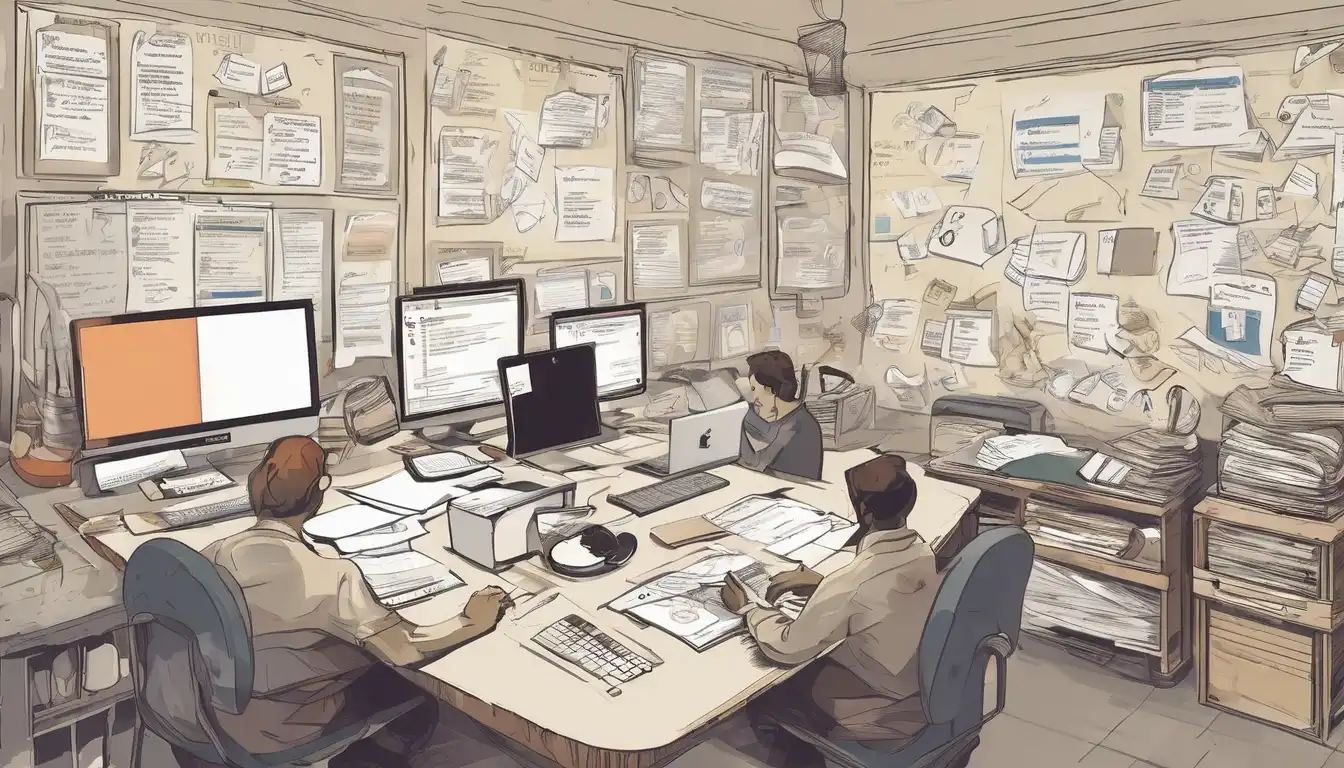Why Task Prioritization is Your Secret Weapon for Productivity
In today's fast-paced world, the ability to prioritize tasks effectively has become a critical skill for professionals, entrepreneurs, and students alike. With endless to-do lists and competing demands on our time, knowing which tasks deserve your immediate attention can mean the difference between success and burnout. This comprehensive guide will walk you through proven strategies to master task prioritization and transform your productivity.
Understanding the Fundamentals of Task Prioritization
Before diving into specific techniques, it's essential to understand what task prioritization truly means. Prioritization isn't just about creating lists—it's about making strategic decisions about where to focus your energy for maximum impact. Effective prioritization considers factors like deadlines, importance, effort required, and potential outcomes. By mastering this skill, you'll not only complete more tasks but also ensure you're working on the right tasks at the right time.
The Psychology Behind Effective Prioritization
Our brains are naturally drawn to easy, quick tasks that provide instant gratification—a phenomenon known as "productivity illusion." However, true productivity comes from tackling high-impact tasks first. Understanding this psychological tendency is the first step toward overcoming it and developing a more strategic approach to your workload.
Proven Task Prioritization Methods You Can Implement Today
The Eisenhower Matrix: Urgent vs. Important
One of the most effective prioritization frameworks is the Eisenhower Matrix, which categorizes tasks into four quadrants:
- Quadrant 1: Urgent and Important - Tasks that require immediate attention (crises, deadlines)
- Quadrant 2: Important but Not Urgent - Strategic activities that contribute to long-term goals
- Quadrant 3: Urgent but Not Important - Interruptions that demand attention but don't align with goals
- Quadrant 4: Neither Urgent nor Important - Time-wasters that should be minimized or eliminated
By regularly categorizing your tasks using this matrix, you'll develop a clearer picture of where to focus your efforts for maximum productivity.
The ABCDE Method for Task Ranking
This simple yet powerful method involves assigning a letter grade to each task:
- A tasks - Must be done (high priority)
- B tasks - Should be done (medium priority)
- C tasks - Nice to do (low priority)
- D tasks - Delegate to others
- E tasks - Eliminate entirely
This method forces you to make conscious decisions about each task's relative importance, helping you avoid spending time on low-value activities.
Advanced Prioritization Techniques for Complex Workloads
Weighted Scoring System
For more complex decision-making, consider implementing a weighted scoring system. Assign numerical values to factors like impact, effort, deadline proximity, and alignment with goals. Multiply each factor by its weight and sum the scores to objectively compare tasks. This data-driven approach removes emotional bias from your prioritization process.
Time Blocking and Energy Management
Effective prioritization isn't just about what you do—it's about when you do it. Schedule your most important tasks during your peak energy hours, and group similar tasks together to minimize context switching. This approach, known as time blocking, ensures that your highest-priority tasks receive your best energy and focus.
Common Prioritization Mistakes to Avoid
Even with the best systems, people often fall into common prioritization traps. Avoid these pitfalls to maintain your productivity edge:
- Mistaking urgency for importance - Just because something is urgent doesn't mean it's important
- Overestimating available time - Be realistic about how much you can accomplish
- Neglecting strategic tasks - Don't let daily urgencies overshadow long-term important work
- Failing to reassess priorities - Priorities change, so regularly review and adjust your task list
Tools and Technology to Support Your Prioritization Efforts
Leverage technology to enhance your prioritization process. Project management tools like Asana or Trello can help visualize tasks and deadlines, while time-tracking apps provide insights into how you're actually spending your time. The key is to choose tools that support your preferred prioritization method rather than complicating it.
Integrating Prioritization into Your Daily Routine
Make prioritization a habit by incorporating it into your daily workflow. Start each day with a 10-minute planning session to identify your top 3 priorities. End each day with a brief review of what you accomplished and what needs to carry over to tomorrow. This consistent practice will transform prioritization from a technique into a natural part of your work process.
Measuring and Improving Your Prioritization Skills
Like any skill, task prioritization improves with practice and reflection. Track your productivity metrics regularly—are you completing your high-priority tasks? Are you spending less time on low-value activities? Use this data to refine your approach and identify areas for improvement. Consider pairing your prioritization efforts with other productivity strategies for even better results.
The Long-Term Benefits of Mastering Task Prioritization
When you consistently prioritize effectively, you'll experience numerous benefits beyond just getting more done. You'll reduce stress by having a clear plan, make better decisions about where to focus your energy, and achieve your goals more efficiently. Most importantly, you'll gain a sense of control over your workload rather than feeling controlled by it.
Remember that effective task prioritization is a journey, not a destination. As your responsibilities and goals evolve, your prioritization strategies may need to adapt. The key is to remain flexible while maintaining the discipline to regularly assess and adjust your priorities. With consistent practice, you'll develop the ability to quickly identify what matters most and allocate your time accordingly—a skill that will serve you well in all areas of life.
